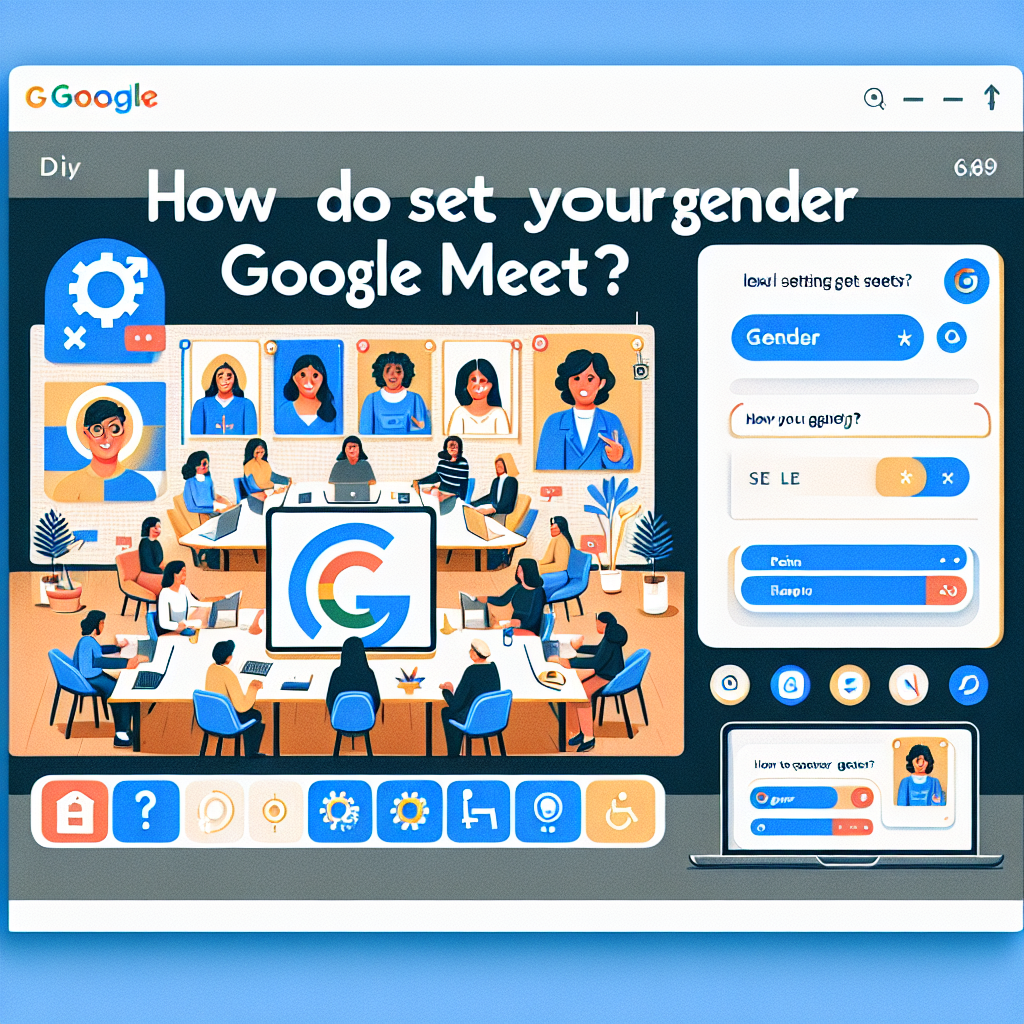Google Meet has introduced a helpful feature for users within Google Workspace (Enterprise and Edu accounts) that allows individuals to set and display their pronouns next to their names during calls. This enhancement aims to ease the often challenging experience of sharing pronouns verbally and helps foster inclusivity in meetings.
Setting Your Pronouns in Google Meet
Before proceeding with the setup, it’s essential to confirm that your administrator has enabled this feature for your Google account, as this option is exclusive to business and educational users, not personal accounts. You can check the availability of this feature by visiting the Pronouns Page in your account settings.
For those with access, setting your pronouns is straightforward. Here’s a quick guide:
- Access Profile Settings: Go to the “About Me” section of your Google Account by visiting this link. Here, you can manage your basic information, including adding your pronouns.
- Select Your Pronouns: Within the “Basic Info” section, you will find an option to input your pronouns. Google provides default options like “she/her,” “he/him,” and “they/them,” along with a customizable field for any other pronouns you prefer.
- Privacy Settings for Pronouns: You have control over who can see your pronouns, with options to restrict visibility to just yourself, your organization, or everyone. To ensure that your pronouns are visible during Google Meet calls, choose either “your organization” or “anyone.”
Visibility Limitations on Mobile Devices
It’s important to note that if you’ve set your pronouns and they’re not displaying during a Google Meet call, it could be due to the device you’re using. Currently, pronouns are visible only in the web version of Google Meet—users joining from mobile devices will not see this information unless other participants are also using the web version.
This feature enhances the user experience in Google Meet by streamlining communication and reducing uncertainty around pronoun usage. While this functionality is not yet available for personal accounts, business and education users can now personalize their Google experience more effectively.

